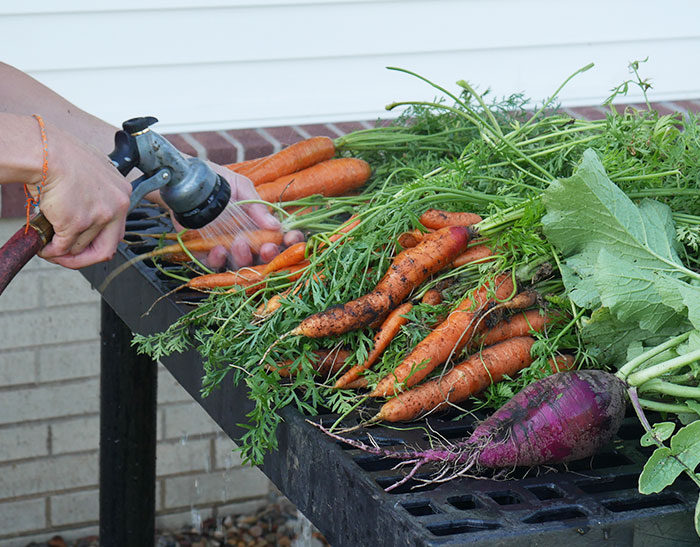Fall Vegetable Gardening
 The beginning of August is upon us, you still have a narrow window of time left to plant that fall vegetable garden you have always dreamed of. Planted now, you can expect many leafy and root vegetables alike for their late-September to early-November harvest. So why is this? And what is a fall vegetable garden?
The beginning of August is upon us, you still have a narrow window of time left to plant that fall vegetable garden you have always dreamed of. Planted now, you can expect many leafy and root vegetables alike for their late-September to early-November harvest. So why is this? And what is a fall vegetable garden?
As the name suggests, fall vegetable gardens provide an autumnal harvest. Still, their crucial difference from the rest of the growing season is that they can handle, and sometimes even favor, the colder temperatures that develop during harvesting.
It all comes down to the soil and what environment the plants prefer growing in. In the case of cool-season crops, they enjoy the slightly cooler ground where they are planted in the spring. Because of this, a few modifications need to be made when planting them in the summer. Namely, they need to be planted a little deeper, and you should include some form of organic mulch over them. Both tasks will help keep the seedlings a touch cooler as they germinate, and the mulch will assist in keeping the ground from crusting over in the summer heat.
Typically, when planting cool-season plants in the spring, you will observe a long initial growth stage, followed by rapid fruit development. With fall-planted cool-season vegetables, the situation is reversed. As temperatures gradually cool, the plants begin to slow their growth, and fruits take a long time to develop fully.
This deceleration often equates to a better fruit flavor as more sugars can develop within the plant. The growth speed reduction also helps plants that normally bolt too quickly (flower and go to seed) and slows down this process, which gives them a more extended harvest period.
There are numerous cool-season plants that can go into the ground in August for a fall harvest.
What do these plants have in common? One major shared physiological trait is that they can handle a light freeze, not dying off should the outdoor temperatures dip below 32 Fahrenheit. As mentioned, many can also be categorized into the “cruciferous” family.
Cruciferous vegetables, also known as Cole Crops or Brassicas, include cabbage, cauliflower, Bok choy, Brussels sprouts, kale, mustard, and many other greens. These plants all contain sulfurous chemicals known as glucosinolates, giving them distinct “bite” and bitterness. Given the time to develop gradually in the fall, this chemical becomes sweeter and more appetizing, making this the ideal growing time for the plants.
Timed correctly, a vegetable garden can produce through the end of November, offering more than just the summer holidays to enjoy their bounty.
Return to Agent Articles-Vegetables
